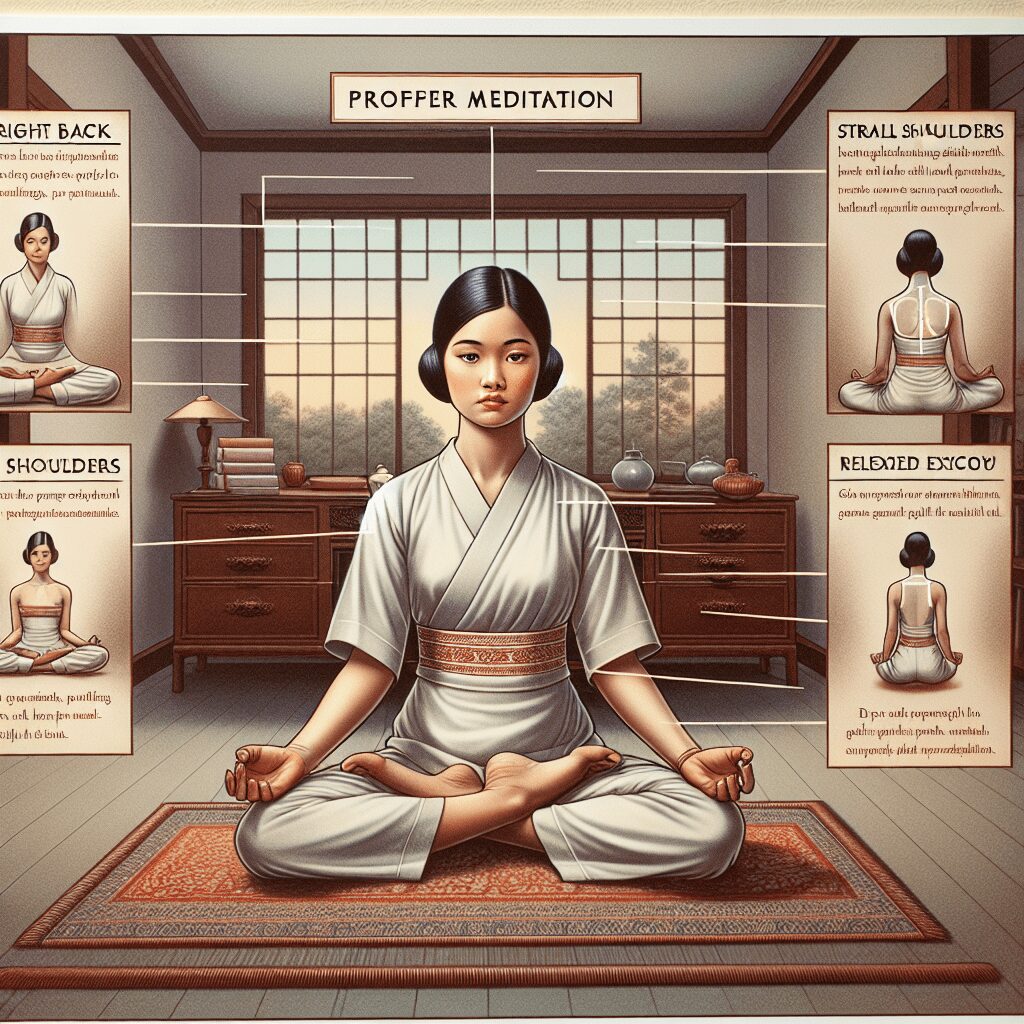
Prioritize your mental well-being daily. Enhance your life by nurturing your mental health with the Smart Meditation app. Break free from stress, alleviate anxiety, and enhance your sleep quality starting today.
How To Tell Someone Has Anxiety?
Unlocking the Signs: How to Spot Anxiety in a Loved One
Anxiety, the often uninvited guest in our mental space, can be as elusive as it is debilitating. It sneaks up, wrapping its fingers around the mind, sometimes without even a whisper of its presence to the outside world. Yet, for those who know what to look for, the signs can be as clear as day. Spotting anxiety in someone isn’t about playing detective or jumping to conclusions; it’s about recognizing the nuances and being a supportive presence. So, let’s dive into the telltale signs and learn how to be that pillar of support.
The Invisible Struggle: Recognizing the Signs
Anxiety can wear many masks, making it a chameleon of emotions. Here are some key indicators that someone might be wrestling with this silent adversary:
-
Overthinking Galore: Ever noticed someone caught in a mind maze, continuously pondering over the smallest details or scenarios? That’s overthinking, a prime companion of anxiety. It’s like they’re on a never-ending carousel of ‘what ifs.’
-
Sleepless in Any Town: Tossing and turning more than a salad? Sleep disturbances are a dead giveaway. Anxiety loves to play reruns of the day’s worries or upcoming fears, turning bedtime into a battleground.
-
Jitterbug Moves: Fidgeting, nail-biting, leg-shaking – these aren’t just quirky habits. They can be physical manifestations of an anxious mind trying to find an outlet.
-
Avoidance Dance: Skipping social events, dodging responsibilities, or avoiding confrontations? It might not be laziness or disinterest, but anxiety pulling the strings behind the curtain.
-
The Emotional Rollercoaster: Quick to snap, tear up, or even laugh nervously in situations? Emotional volatility can be a neon sign blinking “anxiety on board.”
-
Mystery Illnesses: Ever heard of “it’s all in your head”? Well, sometimes, it gets out. Anxiety can manifest in physical symptoms – headaches, digestive issues, and unexplained aches, just to mention a few.
Lending a Hand: How to Help
Realizing that someone is grappling with anxiety is step one; knowing how to be there for them is the sequel worth reading. Let’s unravel how to extend a helping hand, without overstepping.
Listen Up, Judgment Down: Sometimes, all it takes is an open ear and a closed mouth. Lend your ear without lending your judgment. Let them know you’re there, come rain or shine.
Knowledge is Power: Get to know anxiety, not just the name, but the who, what, and how. Understanding what your loved one is dealing with can transform you from a bystander to an ally.
Encourage Professional Help with a Gentle Nudge: Professionals wear capes, too; they’re just hidden under their credentials. Encourage seeking help, but remember, you can’t force the horse to drink.
Routine Buddy: Whether it’s a daily walk, a weekly meal prep, or just regular check-ins, be consistent. A predictable routine can be a lighthouse in the stormy sea of anxiety.
Mindfulness Sidekick: Dive into the world of mindfulness together. Meditation, yoga, or simply breathing exercises can be your duo’s secret weapon against anxiety.
Celebrate the Victories: Big or small, victories are victories. Celebrated them. It reinforces progress and boosts morale.
Wrapping Up
Recognizing anxiety in someone you care about is akin to decoding a complex language. It requires patience, attentiveness, and a dash of empathy. Remember, you’re not trying to fix them; you’re aiming to support them. By being a steadfast ally, your understanding and support can be the beacon of hope in their journey towards managing anxiety. And remember, amidst the trials and tribulations, there’s always a silver lining, and sometimes, it’s just about being there, together.





